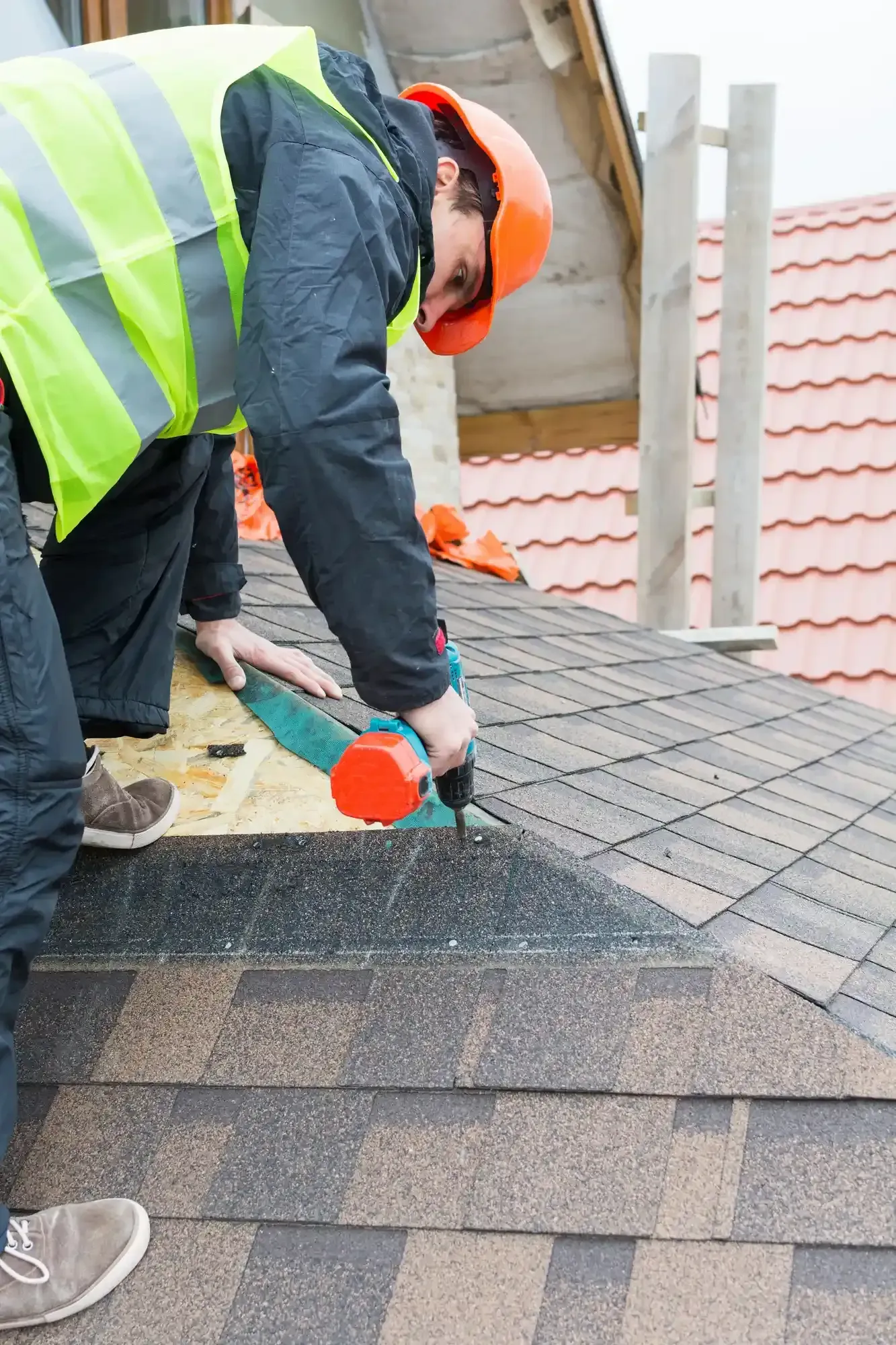Top-Rated Roofing Contractor in Oklahoma City
Veteran-Owned | 0% Financing | Premium Materials to Protect Your Biggest Investment


Phone
Contact us
Simply fill out this form and you'll hear from our friendly service team shortly.
Contact Us
We will get back to you as soon as possible.
Please try again later.
Roofing services ____________
Comprehensive Roofing & Exterior Services In OklAhoma City
Roof Replacement
If your roof is showing signs of wear or storm damage, a full roof replacement may be the best solution. Our Oklahoma City roofing experts specialize in complete tear-offs and installs using top brands like GAF, Owens Corning and TAMKO. We ensure every project is done right, on time and on budget.
Roof Repair
From minor leaks to major damage, our team provides fast and affordable roof repair in OKC. Whether it’s missing shingles or hail damage, we’ll assess the problem and deliver lasting repairs backed by a workmanship guarantee.
Commercial Roofing
Protect your investment with professional-grade commercial roofing. We handle flat, metal, and TPO systems for warehouses, offices, and retail buildings across Oklahoma City. Licensed, insured, and built to code, with minimal disruption to your business.
Building Restoration
Storm damage? Insurance dragging their feet? Our Oklahoma City team specializes in roof insurance claims, handling inspections, documentation, and negotiations to help you get approved quickly. We’ve helped hundreds of homeowners secure full replacements after hail, wind, and storm events.
Gutter Service
Don’t let clogged or damaged gutters put your home at risk. We offer full-service gutter installation, cleaning, and repair in Oklahoma City. Our seamless systems are built to handle Oklahoma weather and protect your foundation.

Why us ____________
Why Choose Patriot Roofing?
At Patriot Roofing, we’re committed to delivering excellence in every project. With decades of experience and a customer-first approach, we ensure your roofing needs are met with precision and care. Here’s what sets us apart:
Experienced Professionals: Over 30 years of combined roofing expertise.
Premium Materials: Top-quality products for maximum durability and protection.
Innovative Technology: Advanced tools for precise and efficient roofing solutions.
Unmatched Craftsmanship: High standards of workmanship for lasting results.
____________ Reviews ____________

